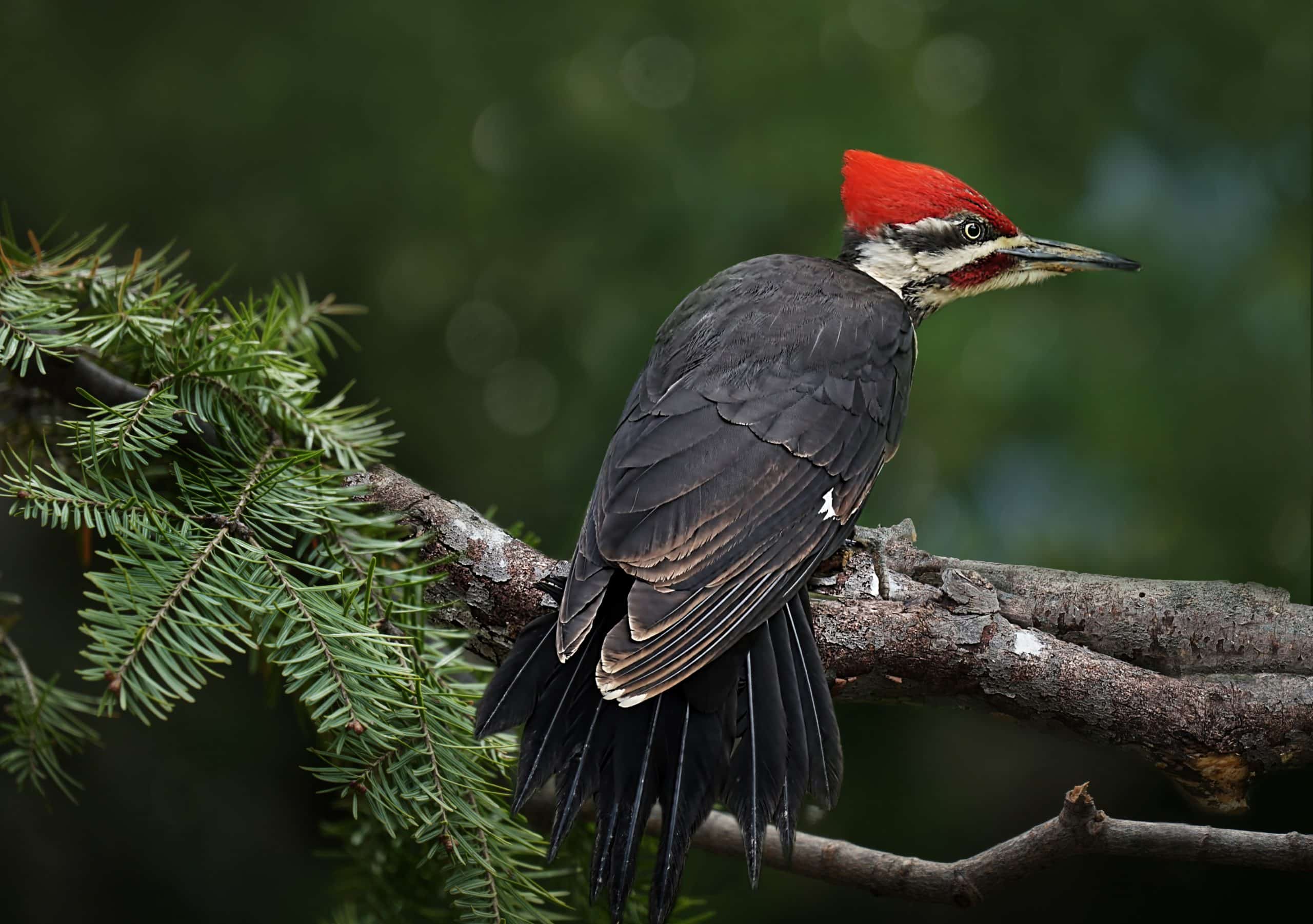Discovering Woodpeckers in Florida Habitats: Where to Spot These Birds
Discovering Woodpeckers in Florida Habitats: Where to Spot These Birds
Blog Article
Unveiling the Secrets of Woodpeckers: Habits, Environment, and More
Woodpeckers, with their unique habits and specialized adjustments, have long attracted scientists and nature lovers alike. These exceptional birds have an array of interesting secrets that clarified their survival strategies, environment choices, and detailed communication techniques. By discovering the enigmas bordering woodpeckers' habits and environment selections, a deeper understanding of these avian wonders emerges, using a glance right into their remarkable globe. What makes these birds absolutely exceptional, and how do they navigate their environment with such precision and skill? Let's explore the captivating world of woodpeckers and unwind the enigmatic information that make them such appealing subjects of research study.
Woodpecker Actions Insights
In examining woodpecker actions, a fascinating screen of specialized abilities and adaptations arises, shedding light on their impressive environmental particular niche. Woodpeckers, understood for their distinct drumming on trees, possess a selection of behavioral qualities that add to their survival and success in their setting.
Furthermore, woodpeckers display an unique feeding habits characterized by their capability to remove insects from tree bark utilizing their specialized beaks. Their lengthy, barbed tongues aid in catching target, while their strong neck muscular tissues supply stability and precision throughout pecking motions. This feeding technique permits woodpeckers to access covert insect larvae and remove them with remarkable effectiveness.
Environment Preferences and Option
What aspects affect the habitat preferences and option of woodpeckers? One critical factor influencing woodpecker environment option is the schedule of ideal nesting websites. Woodpeckers normally like woodlands with a mix of fully grown trees that provide ample possibilities for dental caries excavation.
In addition, woodpeckers show a preference for habitats with a bountiful supply of food resources. They are mostly insectivorous, feeding upon beetles, ants, larvae, and other insects located in worn out timber or tree bark. Consequently, woodpeckers have a tendency to favor woody locations with a diverse insect population to fulfill their dietary needs.
Moreover, the visibility of dead or rotting trees is another vital consider woodpecker habitat option. These trees not only provide food resources however likewise provide suitable substratum for cavity excavation. Dead trees are essential for the upkeep of healthy woodpecker populaces, as they play a vital duty in the woodpeckers' life cycle and ecological community characteristics.
Feeding Routines and Diet Make-up
Woodpeckers demonstrate a specialized feeding actions focused on foraging for pests within various environments. Their diet mostly contains bugs such as beetles, ants, caterpillars, and crawlers, which they find by tapping on tree bark and paying attention for the sound of motion inside. Woodpeckers utilize their strong beaks to pierce into the wood and their lengthy, barbed tongues to extract victim from my blog holes. In addition to bugs, woodpeckers additionally take in tree sap, fruits, nuts, and seeds, including variety to their diet plan relying on the season and accessibility of food resources.
The foraging techniques Get More Info of woodpeckers are well-adapted to their arboreal lifestyle (Woodpeckers in Florida). Their ability to excavate wood not only provides them with food yet additionally aids in developing nesting dental caries and developing regions. Woodpeckers play an essential role in maintaining the health of woodlands by regulating insect populaces and helping in the decay of timber. Understanding their feeding behaviors and diet regimen make-up is essential for preservation efforts focused on protecting these special and beneficial birds.
Drumming Appears and Interaction
Using rapid drumming audios on different surfaces, woodpeckers employ a distinct type of communication to signify area boundaries and bring in mates. This drumming actions is not only a method of interaction but additionally offers as a means for woodpeckers to develop their presence within a certain area. The strength, speed, and pattern of the drumming can share crucial information to various other woodpeckers in the vicinity.
Woodpeckers make use of drumming noises to introduce their existence in an area and to caution off possible intruders. The loud and recurring nature of the drumming works as a clear signal to various other woodpeckers that the area is currently claimed. This assists in reducing disputes and minimizing physical fights in between individuals.

Survival Adaptations and Specialized Makeup

Final Thought
To conclude, woodpeckers exhibit one-of-a-kind habits, such as drumming sounds for interaction, and have see here actually specialized composition for survival in their chosen environments. Their feeding routines and diet make-up additionally demonstrate their flexibility to different environments. By recognizing these elements of woodpeckers, researchers and preservationists can much better protect and protect these fascinating birds and their ecosystems.
Report this page